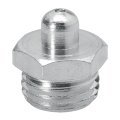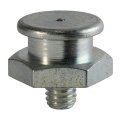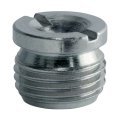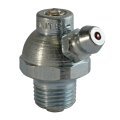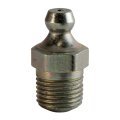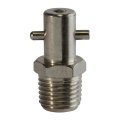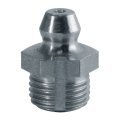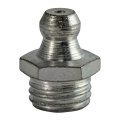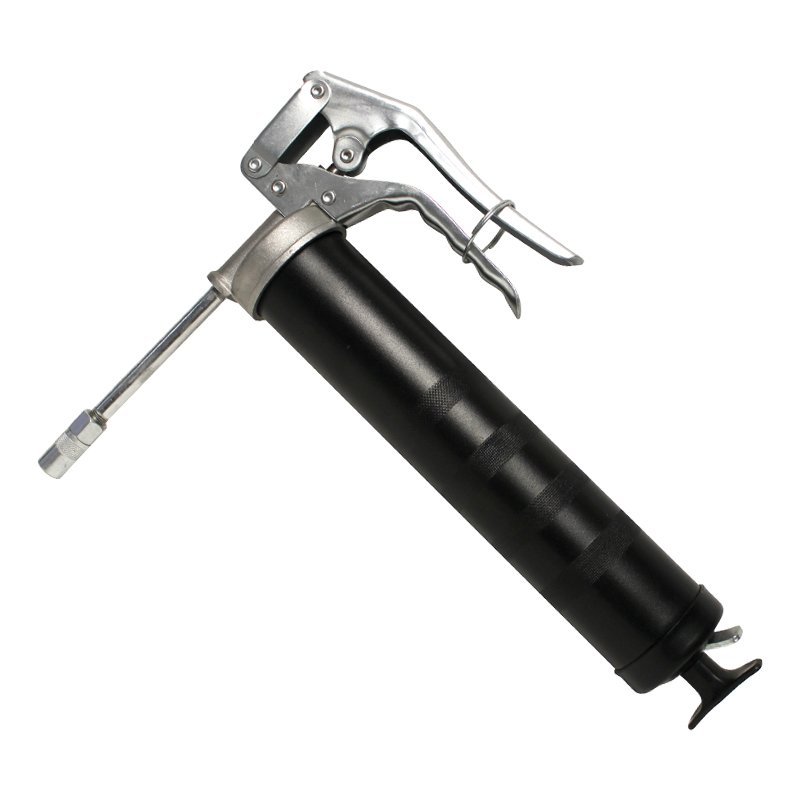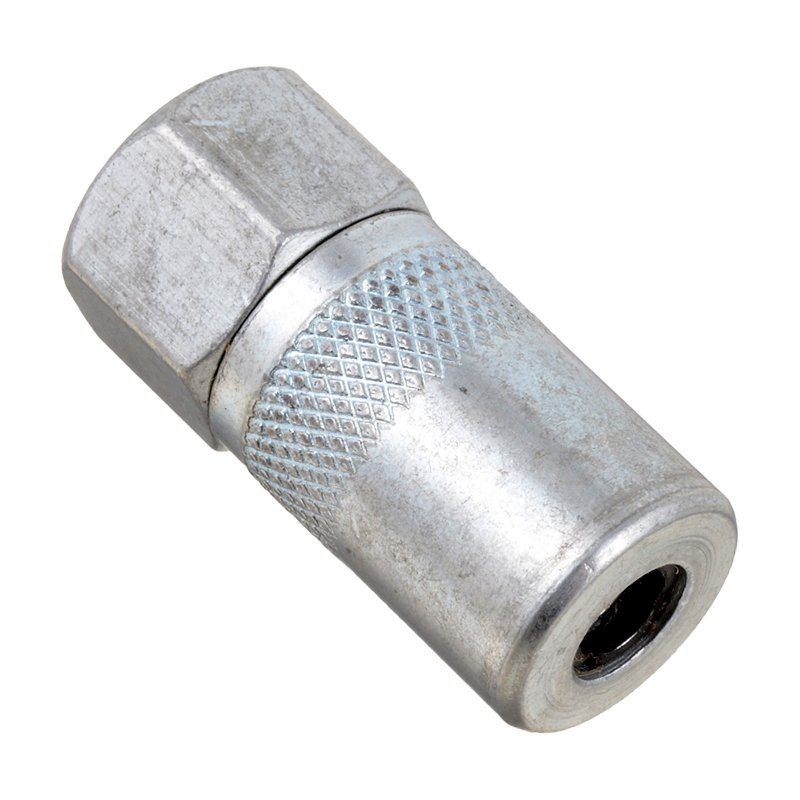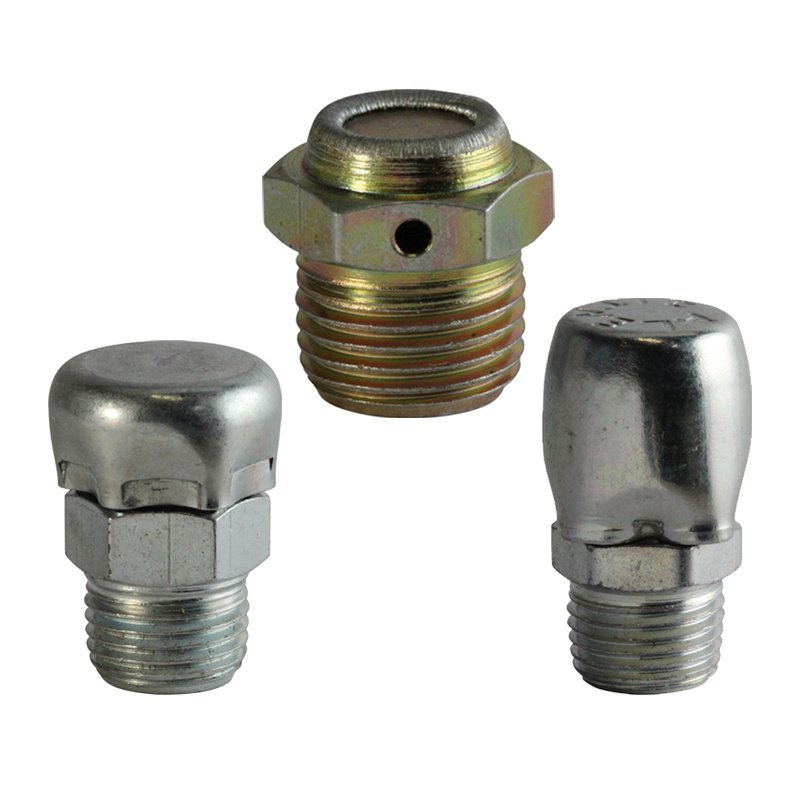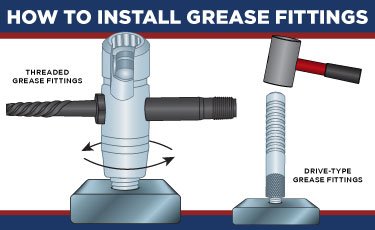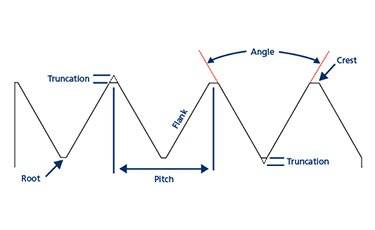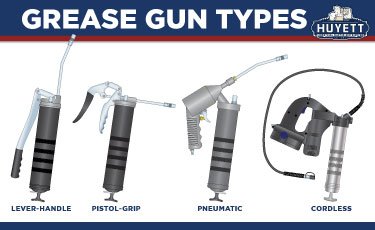Grease Fittings
What Are Grease Fittings?
Grease fittings - commonly known as grease zerk fittings, zerk grease fittings, or zerk fittings - are fittings used in machining applications to dispense industrial lubricants like lubricating grease. They help channel and control the flow of grease while preventing leakage.
Along with a wide variety of grease fittings, Huyett offers
grease guns and accessories,
couplers, and
tools to help you find everything you need from one place. For more information, check out our
Grease Fittings FAQ page or our
Grease Fittings catalog.
Considerations
When selecting your fittings, you need to think about the specifics of your application. You may run into one or several variables that will influence your fastener choice. Here are some common selection criteria for grease fitting applications:
- Environmental conditions like temperature and moisture
- Proximity to other moving parts
- Potential pressure buildup
- Grease distribution volume
- Risk of over greasing
- Risk of back flow
- Grease fitting accessibility once secured
Benefits
Certain grease zerks offer benefits that align with specific application requirements. Consider the following types of fittings and their features to help you choose your fastener:
- Standard grease fittings: are the most common type of zerk, are compatible with most grease guns and couplers, and offer durability to hold up against repeated use
- Ball-type fittings: reduce the risk of back flow
- Hydraulic shut-off fittings: shut off at specific pressure
- Leak-proof fittings: ideal for light lubricants and work well in textile or food industry applications
- Pin-type fittings: feature a pin that creates a positive locking mechanism
- Button head fittings: work well when lubrication needs to be distributed in high volumes
- Flush fittings: feature a low-profile head that works well in moving components
- Flow-stop fittings: ideal for applications that need to prevent over greasing
In general, all grease zerks offer the following benefits:
- Reduces waste and ensure the lubrication reaches its destination
- Prevent lubrication from escaping
- Reduce maintenance and replacement costs
Grease Fitting Product Lines
Huyett offers a wide range of
Alemite®,
Lincoln®, and
Heritage Industrial™ grease fittings and safety vent, pressure control, and flow control fittings.
Frequently Asked Questions
How to Grease a Fitting
To grease a fitting, you will need a
grease gun, an extension or
hose, and a
grease gun coupler that matches the size of your fitting. Attach the coupler to the extension/hose. Take the coupler and press it onto the fitting at an angle before rolling it onto the fitting - the coupler should clamp down and click into position. Pump the grease gun until you feel resistance.
How to Remove Fittings
Once you've greased your fitting, stop pumping the grease gun to relieve the pressure from the fitting. If this doesn't happen naturally, angle the coupler at about 15 degrees to break the seal. If you see grease spill out between the connection spot, that's OK - as long as it's not seeping out from the fitting itself.
Keep the coupler angled and twist it back and forth to release it from the fitting.
Can You Over Grease A Fitting?
In short, yes. If the fitting is completely full or the lubricant is seeping out of either the fitting or other parts of the component, it is over greased and may become contaminated with dirt and debris. This can happen because of pressure or temperature changes, so you need to know how the application's environment might fluctuate. To counter this as you grease your fitting, remove the grease gun as soon as you feel resistance.

